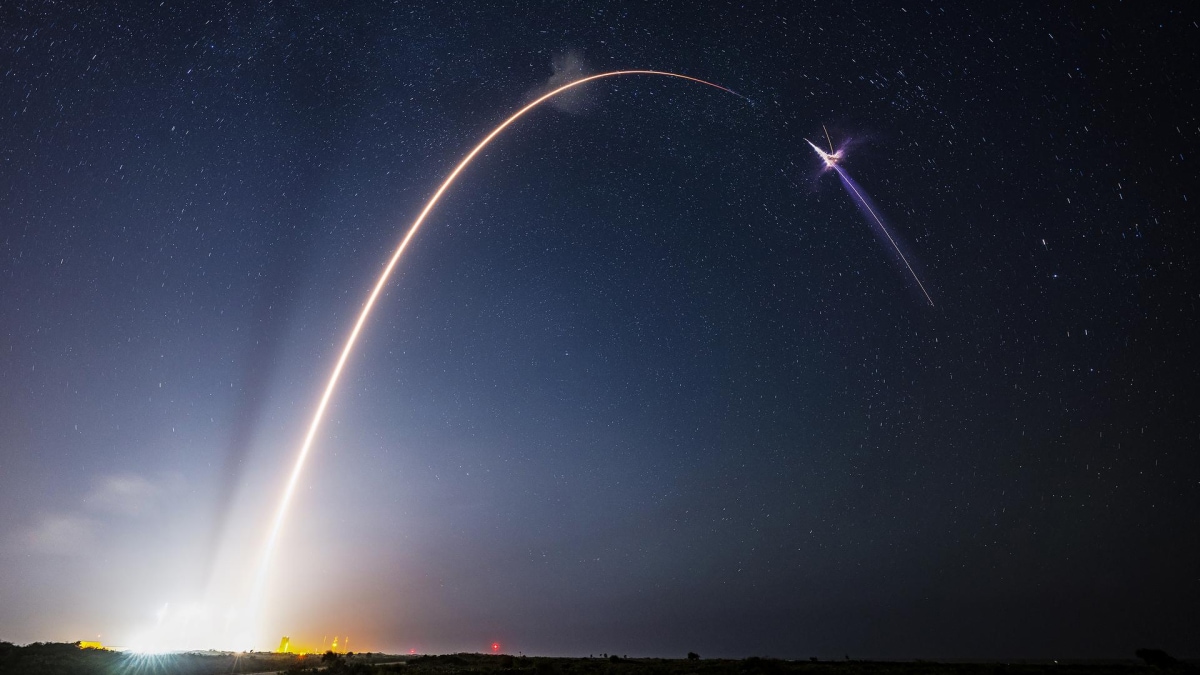The year 2025 promises to be a landmark in the realm of space exploration, with various countries and organizations undertaking ambitious missions. These endeavors aim to enhance our understanding of the universe, foster technological advancements, and pave the way for future human and robotic space travel. Here’s a detailed look at some of the most anticipated missions scheduled for 2025, highlighting their objectives and potential impact on space science.
Lunar Missions by NASA and Japan

NASA continues to push the boundaries of lunar exploration through its Commercial Lunar Payload Services (CLPS) initiative. This program collaborates with private companies such as Astrobotic, Intuitive Machines, and Firefly Aerospace to conduct missions that will:
- Study lunar geology
- Test innovative technologies for future human exploration
- Gather critical environmental data
One notable mission includes deploying instruments to analyze the Moon’s surface composition and environmental conditions. These efforts are vital for preparing human settlement on the lunar surface and ensuring mission safety.
Japan also joins the lunar exploration race with its M2/Resilience mission set to launch in January. This mission includes deploying a lander and a micro-rover to:
- Investigate lunar soil composition
- Conduct water-splitting processes to explore oxygen and hydrogen production possibilities
- Demonstrate cutting-edge navigation systems and autonomous operation technologies
Such advancements could significantly contribute to sustainable lunar habitation and interplanetary travel.
Missions Scheduled for 2025
| Mission Name | Country/Agency | Launch Date | Objective | Destination |
|---|---|---|---|---|
| CLPS (Commercial Lunar Payload Services) | NASA | Throughout 2025 | Lunar geology, technology testing, environmental data collection | Moon |
| M2/Resilience | Japan | January 2025 | Soil composition analysis, water-splitting tests, autonomous navigation | Moon |
| Tianwen-2 | China | May 2025 | Sample collection, study of organic materials | Asteroid 469219 Kamoʻoalewa, Comet 311P/PANSTARRS |
| Lucy Flyby | NASA | April 2025 | Study of ancient asteroid composition | Asteroid 52246 Donaldjohanson |
| Space Rider | European Space Agency (ESA) | 2025 | Microgravity experiments, technological demonstrations | Low Earth Orbit |
| JUICE | ESA | Flyby in 2025 | Momentum for journey, study of Jupiter\u2019s icy moons | Jupiter\u2019s Moons |
| Europa Clipper | NASA | Flyby in 2025 | Momentum for journey, exploration of subsurface oceans | Jupiter\u2019s Moon Europa |
Asteroid and Comet Exploration
Asteroid and comet exploration will take center stage in 2025, with missions aimed at unraveling the secrets of our solar system’s formation.
Tianwen-2 by China
China’s Tianwen-2 mission is set to launch in May. It will collect samples from the asteroid 469219 Kamoʻōoalewa before proceeding to study the comet 311P/PANSTARRS. The primary objectives include:
- Gaining insights into the early solar system’s formation
- Exploring the origins of organic materials on Earth
These findings could revolutionize our understanding of how life-sustaining elements reached our planet.
NASA’s Lucy Mission
NASA’s Lucy mission, scheduled for April, will perform a flyby of the asteroid 52246 Donaldjohanson. This encounter will provide valuable data on the asteroid’s ancient composition, offering clues about the materials present during the early stages of the solar system.
Orbital and Deep-Space Research

Orbital and deep-space exploration are set to witness significant progress in 2025, with missions from global space agencies contributing to groundbreaking research and technological demonstrations.
European Space Agency’s Space Rider
The European Space Agency (ESA) will launch its Space Rider, an uncrewed spaceplane, on its maiden flight. This mission focuses on:
- Conducting microgravity experiments
- Demonstrating advanced space technologies
Space Rider aims to support long-term space research and industrial applications by providing a cost-effective and reusable platform.
Flybys of Jupiter’s Moons
Two major missions targeting Jupiter’s moons will be in motion:
- ESA’s JUICE (Jupiter Icy Moons Explorer)
- NASA’s Europa Clipper
These missions will utilize gravitational flybys to gain momentum for their journeys. Their objectives include studying the icy surfaces and subsurface oceans of Jupiter’s moons, which are considered potential habitats for extraterrestrial life.
The Impact of 2025 Space Missions

The collective efforts of NASA, ESA, China, and Japan underline the collaborative spirit driving space exploration. The technologies developed and the data collected during these missions will:
- Advance our understanding of celestial bodies
- Foster innovation in spaceflight and robotics
- Provide critical insights for future human settlement in space
Stay Updated on Space and Science News
For the latest updates on space exploration and other scientific breakthroughs, visit AsomLive. Their extensive coverage of technological innovations and space-related news ensures you stay informed about the future of science and exploration.
With such promising initiatives, 2025 is set to be a year of remarkable achievements in space science, redefining humanity’s quest to explore the cosmos.







